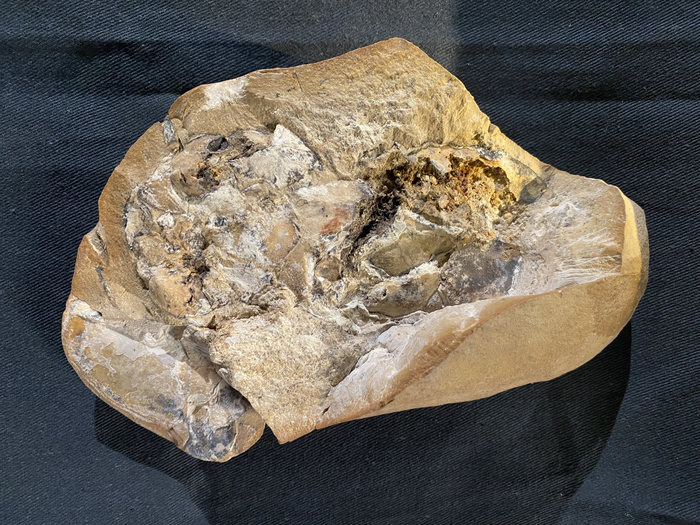Scientists have made a remarkable breakthrough that could open numerous windows into our past after discovering the world's oldest heart in a 380-million-year-old jawed fish fossil.
Researchers from Curtin University discovered the "beautifully preserved" heart in a fossilized fish together with a separate stomach, colon, and liver, providing information on the development of jawed vertebrates.

New Evolutionary Clues
"Evolution is often thought of as a series of small steps, but these ancient fossils suggest there was a larger leap between jawless and jawed vertebrates. These fish literally have their hearts in their mouths and under their gills - just like sharks today." Lead researcher John Curtin Distinguished Professor Kate Trinajstic, from Curtin's School of Molecular and Life Sciences and the Western Australian Museum, said in a press release.
The new study, which was just published in Science, discovered that the arrangement of the organs in the bodies of extinct arthrodires, a group of armored fishes that thrived during the Devonian period between 419.2 million years ago and 358.9 million years ago, is similar to that of modern sharks, providing important new evolutionary clues.
This study presents a sophisticated s-shaped heart in an arthrodire with two chambers, the smaller chamber sitting on top, in three dimensions for the first time, according to the release.
These traits, according to Professor Trinajstic, were advanced in such primitive animals, providing a rare glimpse into how the head and neck region started to evolve to make room for jaws, a crucial stage in the evolution of our own bodies.
Extraordinary Discovery
Since soft tissues of extinct organisms were rarely preserved and 3D preservation was even more uncommon, Trinajstic called the discovery "extraordinary."
Paleontologists found the fossil in 2008 at the GoGo Formation, which was formerly a massive reef in Western Australia's Kimberley region.
According to CNET, the sedimentary deposit location is renowned for its extensive fossil record, which includes remains of embryos with umbilical cords and tissues as delicate as nerves, preserving reef life from the Devonian period of the Paleozoic era.
In addition to earlier discoveries of muscles and embryos, the recent discovery of mineralized organs makes the Gogo arthrodires the most thoroughly understood of all jawed stem vertebrates. It explains an evolutionary change in the line to live jawed organisms, as per the release.
"For the first time, we can see all the organs together in a primitive jawed fish, and we were especially surprised to learn that they were not so different from us," Professor Trinajstic said in a statement.
Related Article : 'Fish-Counting AI:' This AI-Powered System Could Help Prevent Fish Kills at Hydro Dams
This article is owned by Tech Times
Written by Joaquin Victor Tacla
ⓒ 2026 TECHTIMES.com All rights reserved. Do not reproduce without permission.




